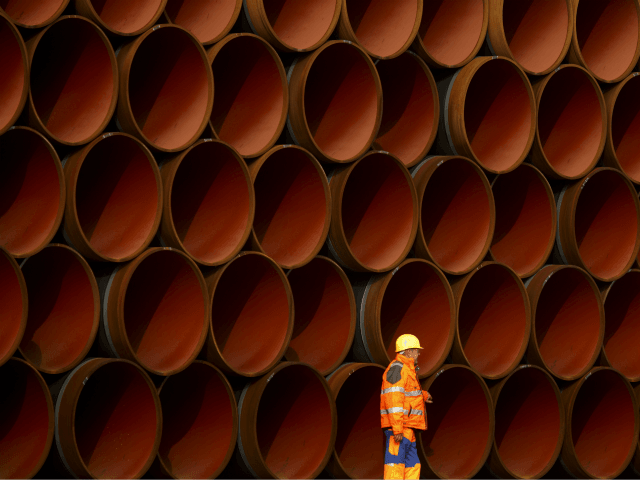
Russian President Vladimir Putin stated on Thursday his federal government is conducting expediency studies for a gas pipeline in between Russia and China.
“The job of cross-border pipeline construction over the territory of Mongolia from Russia to China is considered in practice. The work is in development and it is advancing successfully,” Putin stated after fulfilling with Mongolian president Ukhnaa Khurelsukh in Moscow.
“The optimal path, length and other specifications have actually currently been identified. The expediency study is being prepared. I think it will be ready in broad terms in weeks to come,” Putin stated.
The task Putin described has actually been in development because December 2019, when Russian state oil company Gazprom signed a memorandum of understanding with the government of Mongolia to develop an extension of Russia’s Power of Siberia 2 gas pipeline that would encounter Mongolian area into China. The extension would become referred to as the Soyuz-Vostok pipeline.
According to Russian state media, the current schedule for the task imagines beginning in 2024. When completed, the Soyuz-Vostok pipeline will have considerably greater capacity than Power of Siberia 2 does.
Thursday was Putin’s very first conference with Khurelsukh and the Mongolian president’s first foreign journey since his election in June. Putin said he was honored Khurelsukh picked Moscow as his first location and noted this year is the 100th anniversary of diplomatic relations between Mongolia and Russia, which was the very first nation to acknowledge Mongolia’s independence.
“Certainly, we too are interested in close cooperation with our Mongolian buddies,” Putin said, praising a 24-percent growth in trade and a substantial increase of railroad traffic this year in spite of the coronavirus pandemic.
Russia was worried Mongolia’s rough election might produce an outcome undesirable to Moscow’s interests, but Khurelsukh stated his assistance for both Russia’s Greater Eurasian Partnership and China’s Belt and Roadway Initiative, the two big regional financial and political tasks.
Khurelsukh was a former prime minister who resigned in January 2021 after enormous protests in the capital of Ulaanbaatar against his government’s handling of the coronavirus pandemic. The protests broke out after a viral video showed a woman in nightgown and slippers getting marched off to a quarantine center with a child clutched in her arms. Mongolian weather is not conducive to wearing nightgowns and slippers outdoors.
Khurelsukh effectively ran for president after the current officeholder, Khaltmaa Battulga, was avoided from running for re-election by a controversial constitutional amendment that restricted the presidency to a single term.
Mongolia still has a couple of thorny issues to fix with Russia, especially some Mongolian dam jobs important for local mining projects but potentially destructive to the ecology of eastern Siberia. Mongolia also likes to keep its political choices open– it has actually cultivated a relationship with South Korea, and purchases coronavirus vaccines from India as well as Russia and China.
Some experts think Mongolia might possibly be Russia’s “buddy” in Asia, while others think Putin covertly sees Mongolia as an irritant to be consisted of and suppressed due to the fact that it is a somewhat unpredictable democracy sandwiched in between authoritarian giants China and Russia– both of which counted Mongolia as an imperial possession at various points in history. Modern Mongolian leaders typically play Russia and China versus each other to squeeze better deals from both, a technique that in some cases leaves Moscow seething.
The Soyuz-Vostok job is a tangible expression of Mongolia’s political position, as it would have been possible for Russia and China to develop a pipeline that did not pass through Mongolia, however cutting through Mongolia will get Russian gas to China’s high-demand areas more quickly and cheaply.

